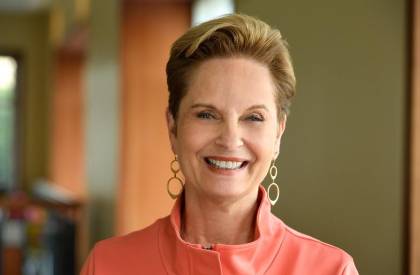Yashaswini Singh & Christopher Whaley
The Hill
Originally published 21 Dec 23
Here is an excerpt:
But amid warnings that private equity is taking over health care and portrayals of financiers as greedy villains, we’re ignoring the reality that no one is coercing individual physicians to sell. Many doctors are eager to hand off their practices, and for not just for the payday. Running a private practice has become increasingly unsustainable, and alternative employment options, such as working for hospitals, are often unappealing. That leaves private equity as an attractive third path.
There are plenty of short-term steps that regulators should take to keep private equity firms in check. But the bigger problem we must address is why so many doctors feel the need to sell. The real solution to private equity in health care is to boost competition and address the pressures physicians are facing.
Consolidation in health care isn’t new. For decades, physician practices have been swallowed up by hospital systems. According to a study by the Physicians Advocacy Institute, nearly 75 percent of physicians now work for a hospital or corporate owner. While hospitals continue to drive consolidation, private equity is ramping up its spending and market share. One recent report found that private equity now owns more than 30 percent of practices in nearly one-third of metropolitan areas.
Years of study suggest that consolidation drives up health care costs without improving quality of care, and our research shows that private equity is no different. To deliver a high return to investors, private equity firms inflate charges and cut costs. One of our studies found that a few years after private equity invested in a practice, charges per patient were 50% higher than before. Practices also experience high turnover of physicians and increased hiring of non-physician staff.
How we got here has more to do with broader problems in health care than with private equity itself.
Here is my summary, which is really a warning:
The article dives into the concerning trend of private equity firms acquiring healthcare practices. It argues that while this might seem concerning, the bigger issue lies in understanding why doctors are willing to sell their practices in the first place.
The author highlights the immense financial burden doctors shoulder while running their own practices. Between rising costs and stagnant insurance reimbursements, it's becoming increasingly difficult for them to stay afloat. This, the article argues, is what's pushing them towards private equity firms, who offer immediate financial relief but often come with their own set of downsides for patients, like higher costs and reduced quality of care.
Therefore, instead of solely focusing on restricting private equity involvement, the article suggests we address the root cause: the financial woes of independent doctors. This could involve solutions like increased Medicare payments, tax breaks for independent practices, and alleviating the administrative burden doctors face. Only then can we ensure a sustainable healthcare system that prioritizes patient well-being.

